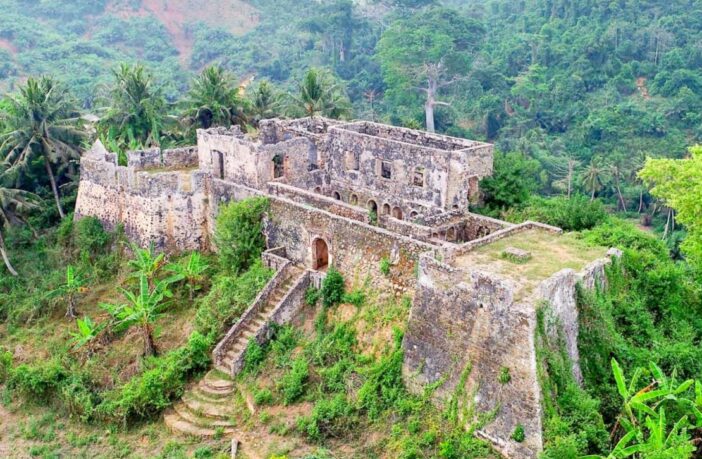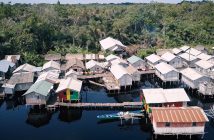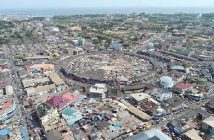64 years of existing as an independent country, and we can proudly boast of our economic status. Though not a fully developed nation yet, we are but few steps closer.
With tourism as a key economic driver in Ghana which generates foreign exchange earnings, creates jobs and wealth, it stimulates other sectors of the economy.
According to research conducted by the International Civil Aviation Organization in 2015, Tourism is currently the fourth largest source of foreign exchange earnings estimated at US2. 2 million with arrivals of 1.2 million.
This is hope that tourism in Ghana when given much attention, will lead the nation to a blissful one.
In the month of March, the month of independence, we will be promoting historic sites in Ghana for all tourists in Ghana and beyond to visit.
The first site on our list is Fort Batenstein, also known as the profit fort.
It was a fort and trading post established by the Dutch on the Gold Coast in 1656. It was situated near Butre (old spelling: Boutry). The fort was granted through a treaty with the entire Dutch Gold Coast to Britain in 1872.
Batenstein literally translates to “profit fort,” which historian Albert van Dantzig sees as ‘evidence of a cynical sense of humour on the part of the directors of the Dutch West India Company: the fort at Komenda, which was the site of the fierce Komenda Wars with the British, was named Vredenburgh (literally “peace borough”), the commercially unsuccessful fort at Senya Beraku was named Goede Hoop (“Good Hope”), and the fort at Apam, which took five years to build due to local resistance, was named Lijdzaamheid (“Patience”)’.
History of the fort
Fort Batenstein was built by the Dutch West India Company, to crush the attempts of the Swedish Africa Company to establish trading posts on the Gold Coast. Hendrik Carloff, who had previously worked for the Dutch West India Company, founded a trading lodge at Butre in 1650, which was attacked by the people of Encasser in 1652. To make sure the Swedes would not return, the Dutch started building a fort on top of the hill overlooking Butre bay, which was completed by 1656.
On this occasion, the Dutch signed a treaty with the local population in which the people of Upper Ahanta and Butre subjected themselves to the authority of the Dutch West India Company.
In the 18th century, a sawmill was constructed at Fort Batenstein, which provided the forts and ships in need of repair with wood.
Fort Batenstein was not an important fort until 1837, when the Dutch–Ahanta War made it the focal point of Dutch military effort on the Coast. After the war, the Dutch made Ahanta a protectorate of which the commandant of Fort Batenstein was made the vice governor, thereby citing the provisions of the Treaty of Butre of 1656. In the years that followed, the Dutch attempted to establish a gold mine near Butre, which failed to produce any gold, however.
After the Dutch sold their possessions on the Gold Coast to the United Kingdom in 1872, the people of Butre protested the change of ownership and in 1873 went to the streets waving Dutch flags and firing guns. In October 1873, Butre was shelled by the British in retaliation for an attack on Dixcove, which had always been a British trading post
SOURCE: https://en.m.wikipedia.org/wiki/





